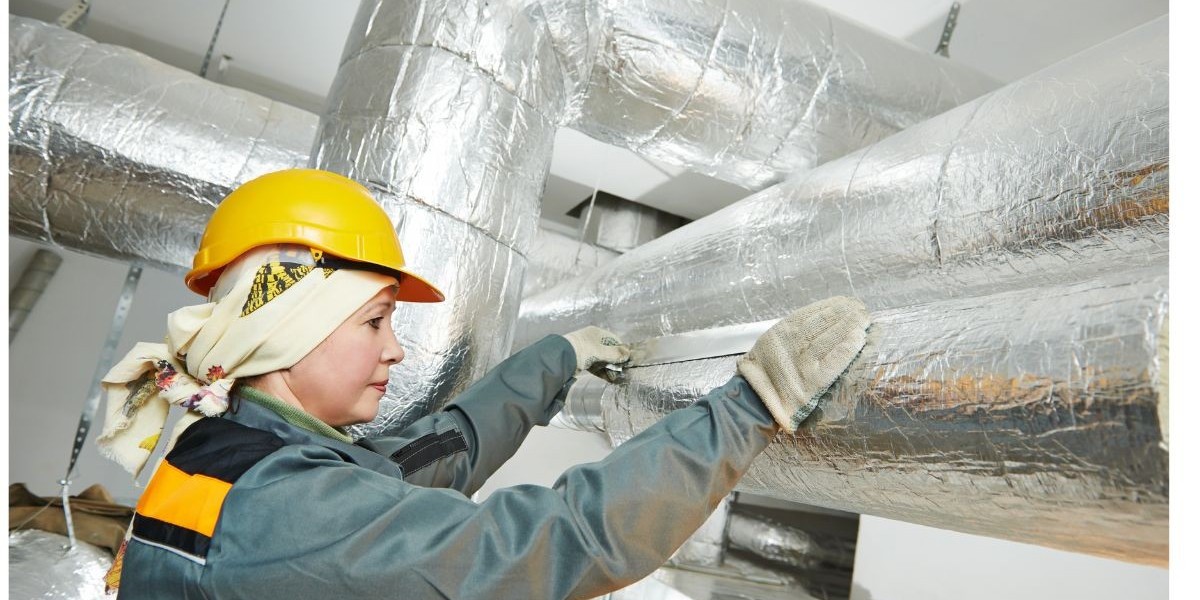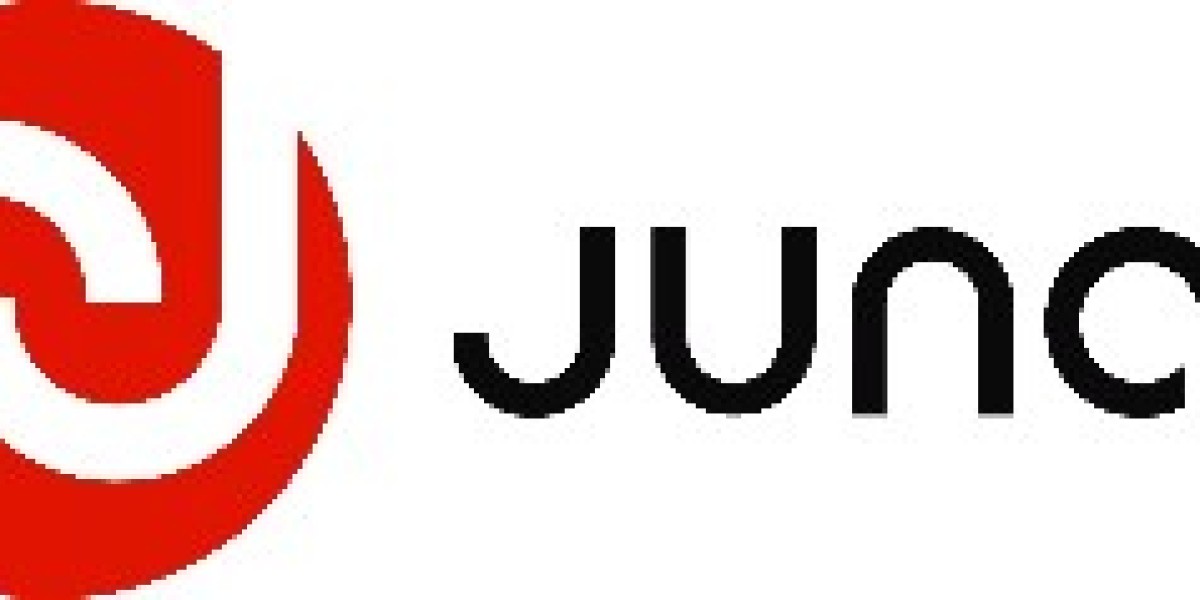Introduction
Fibreglass pipes, also known as glass-reinforced plastic (GRP) or glass-fiber reinforced epoxy (GRE) pipes, are composite materials made of thermosetting resin and glass fibers. They have many advantages over conventional pipes, such as corrosion resistance, high strength-to-weight ratio, low maintenance, long service life, and environmental friendliness. These features make them suitable for various applications, such as oil and gas, water and wastewater, chemical, irrigation, and marine.
According to a recent report, the global market size for fibreglass pipes reached a value of more than USD 5.99 billion in 2023. The report also forecasts that the global fibreglass pipes market size will grow at a compound annual growth rate (CAGR) of 5.4% between 2024 and 2032, reaching a value of USD 9.58 billion by 2032. In this blog, we will explore the factors that are driving this growth, the challenges that the industry faces, and the opportunities that lie ahead for the fibreglass pipes market.
Factors Driving the Growth of the Fibreglass Pipes Market
The main factors that are driving the growth of the fibreglass pipes market are the increasing demand from the oil and gas sector, the rising awareness about the environmental benefits of fibreglass pipes, and the technological innovations that enhance the performance and quality of fibreglass pipes.
- The oil and gas sector is the largest consumer of fibreglass pipes, accounting for more than 40% of the global market share in 2023. Fibreglass pipes are widely used in the oil and gas industry for applications such as offshore and onshore production, transportation, and distribution of oil and gas, as well as for enhanced oil recovery (EOR) and hydraulic fracturing. Fibreglass pipes offer superior resistance to corrosion, abrasion, and chemicals, as well as high pressure and temperature tolerance, compared to steel or concrete pipes. They also reduce the risk of leaks and spills, which can cause environmental damage and financial losses. The increasing exploration and production activities in the oil and gas sector, especially in the unconventional and deep-water reserves, are expected to boost the demand for fibreglass pipes in the coming years.
- The rising awareness about the environmental benefits of fibreglass pipes is another factor that is contributing to the growth of the market. Fibreglass pipes are more eco-friendly than conventional pipes, as they have lower carbon footprint, lower energy consumption, and lower greenhouse gas emissions. They also reduce the need for coatings, linings, and cathodic protection, which can contain harmful chemicals and metals. Moreover, fibreglass pipes are recyclable and reusable, which reduces the waste generation and disposal costs. The growing environmental concerns and regulations are encouraging the adoption of fibreglass pipes in various sectors, such as water and wastewater, chemical, and irrigation.
- The technological innovations that enhance the performance and quality of fibreglass pipes are also driving the growth of the market. The fibreglass pipes industry is constantly evolving and improving its products and processes, to meet the changing needs and expectations of the customers. Some of the recent innovations include the development of new resins, fibers, and additives, that improve the mechanical, thermal, and chemical properties of fibreglass pipes, as well as the introduction of new manufacturing techniques, such as filament winding, centrifugal casting, and pultrusion, that increase the efficiency and productivity of fibreglass pipes production. These innovations are expected to create new opportunities and applications for fibreglass pipes in the future.
Challenges Facing the Fibreglass Pipes Market
The fibreglass pipes market also faces some challenges that may hamper its growth in the long run. Some of the major challenges are the high initial cost of fibreglass pipes, the lack of standardization and regulation, and the competition from alternative materials.
- The high initial cost of fibreglass pipes is one of the main barriers to their adoption, especially in the developing and emerging markets. Fibreglass pipes are more expensive than steel or concrete pipes, due to the higher cost of raw materials, labor, and equipment. The high initial cost may deter some customers from investing in fibreglass pipes, especially in the price-sensitive markets. However, the high initial cost of fibreglass pipes can be offset by the lower operational and maintenance costs, as well as the longer service life, that fibreglass pipes offer. Therefore, the customers need to consider the total life cycle cost of fibreglass pipes, rather than the upfront cost, to realize their benefits.
- The lack of standardization and regulation is another challenge that the fibreglass pipes market faces. The fibreglass pipes industry is fragmented and diverse, with different manufacturers, suppliers, and customers, having different specifications, requirements, and preferences. There is no universal standard or regulation that governs the design, production, testing, installation, and operation of fibreglass pipes, which can create confusion and inconsistency in the market. The lack of standardization and regulation can also affect the quality and reliability of fibreglass pipes, as well as the safety and compliance of the customers. Therefore, there is a need for more collaboration and coordination among the stakeholders of the fibreglass pipes industry, to develop and implement common standards and regulations, that can ensure the quality and performance of fibreglass pipes, as well as the satisfaction and trust of the customers.
- The competition from alternative materials is another challenge that the fibreglass pipes market faces. Fibreglass pipes have to compete with other types of pipes, such as steel, concrete, plastic, and composite pipes, that are also available in the market. Some of these alternative materials may have lower cost, higher availability, or better compatibility, than fibreglass pipes, depending on the application and the market. For example, steel pipes may have higher strength and durability, concrete pipes may have higher resistance to erosion and corrosion, plastic pipes may have higher flexibility and adaptability, and composite pipes may have higher performance and functionality, than fibreglass pipes. Therefore, the fibreglass pipes market needs to constantly innovate and differentiate its products and services, to maintain its competitive edge and market share.



